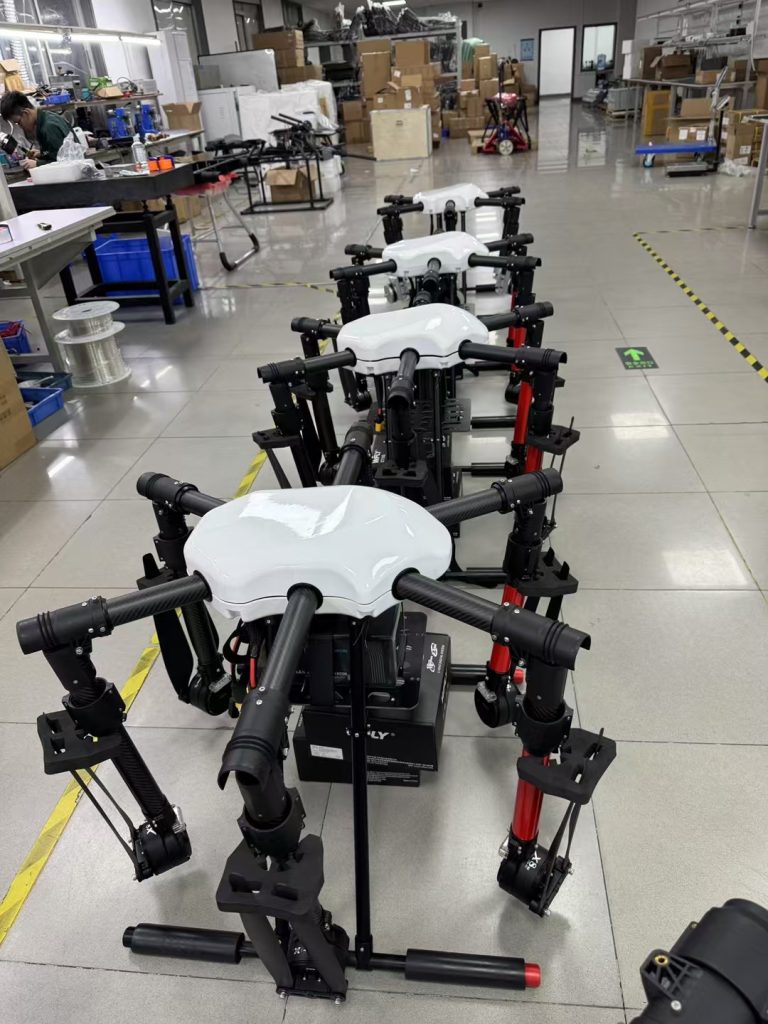
The Maldives, a nation of 1,192 coral islands scattered across the Indian Ocean, is celebrated globally for its turquoise waters and luxury tourism. Yet, beneath this idyllic surface lies a quiet agricultural resilience: 10% of its land is dedicated to farming, supporting local food security and preserving cultural heritage. From coconut groves in Baa Atoll to vegetable farms in Laamu, Maldivian agriculture, though small-scale, is a lifeline for reducing import dependency (currently 90% of food is imported) and fostering community self-sufficiency. But this progress faces steep odds: limited arable land, freshwater scarcity, and a growing labor crunch as tourism draws workers away. Enter agricultural drones—a game-changing tool, and for Maldivian farmers and agribusinesses, sourcing from China’s specialized manufacturers offers a tailored, sustainable solution to cultivate resilience.
Maldives’ Agricultural Puzzle: Why Drones Matter Now
Maldivian farming, rooted in centuries of tradition, confronts modern challenges:
-
Tiny, fragmented plots: Most farms span less than 2 acres, scattered across islands. Manual tasks like pesticide spraying or seedling distribution are slow, labor-intensive, and inconsistent—critical for high-value crops like chili peppers or eggplants.
-
Water stress: Freshwater is scarce; farms rely on rainwater harvesting and energy-intensive desalination. Wasteful irrigation practices drain resources, raising costs for smallholders.
-
Climate vulnerability: Rising sea levels threaten coastal farmland, while intense tropical heat (30–35°C daily) and humidity degrade equipment, complicating year-round operations.
Maldives’ National Food Security Strategy 2030 aims to cut imports by 20% and boost local production. Agricultural drones, with their precision, efficiency, and adaptability, align perfectly with this goal—turning small plots into hubs of smart, sustainable farming.
Chinese Agricultural Drones: Engineered for Maldivian Islands
China’s leadership in drone technology—forged through decades of aerospace R&D, tropical climate adaptation, and agritech innovation—makes its manufacturers ideal partners for the Maldives. Here’s how Chinese drones are tailored to local needs:
1. Compact, Agile Design for Smallholder Plots
Maldivian farms’ tiny, scattered size demands versatility. Chinese factories design drones with:
-
Lightweight, portable frames: Models weighing under 10kg fold into compact cases, easy to transport via small boats or scooters to remote islands like Thaa or Gaaf Dhaal.
-
Precision maneuverability: Multi-rotor drones with obstacle-avoidance sensors navigate narrow farm paths, dense coconut groves, and uneven terrain—avoiding damage to crops or property.
-
Corrosion resistance: UV-stabilized, salt-air-treated bodies withstand the Maldives’ humid, marine environment, ensuring longevity even in coastal farmsteads.
2. Resource-Efficient Tech for Sustainability
Water and fertilizer scarcity demand precision. Chinese drones deliver:
-
Micro-spraying systems: Adjustable nozzles reduce water use by 50–60% compared to manual methods, critical for conserving rainwater in farm ponds. For chili farms in Laamu, this cuts costs by $200/hectare annually.
-
Variable-rate inputs: Multispectral cameras analyze soil moisture and crop health, tailoring seed or fertilizer application to each square meter. In Baa Atoll’s coconut groves, this minimizes waste and boosts yield by 15–20%.
-
Real-time monitoring: Drones capture high-res imagery to spot early signs of drought stress or pest outbreaks, enabling timely interventions before crops fail—vital for protecting Maldives’ limited arable land.
3. Affordability and Local Empowerment
Recognizing Maldives’ smallholder-dominated sector, Chinese manufacturers offer accessible solutions:
-
Budget-friendly models: Entry-level drones (under $10,000) fit the budgets of family farms, democratizing access to tech once reserved for larger operations.
-
Modular upgrades: Farmers can start with basic spraying drones and later add seed-planting or analytics modules, scaling with their needs.
Beyond Hardware: A Partnership for Growth
Sourcing from China is about more than tools—it’s about building local capability. Leading manufacturers provide:
-
Localized training: On-island workshops teach pilots to operate drones, interpret data, and perform basic maintenance. In partnerships with Maldives’ Ministry of Fisheries, Agriculture, and Marine Resources, this has cut downtime by 40% and boosted farmer confidence.
-
Rapid support: Regional partners in Malé stock spare parts, ensuring replacements arrive within 48 hours—critical during monsoon seasons when delays risk harvests.
-
Cultural alignment: User interfaces are simplified in Dhivehi, and training materials include local crop examples (coconuts, taro), ensuring ease of adoption.
Mutual Wins: Strengthening Maldives’ Food Future
For Maldives, adopting Chinese agricultural drones unlocks:
-
Reduced imports: Higher local yields mean less reliance on shipped goods, lowering costs and enhancing food sovereignty.
-
Environmental stewardship: Precision resource use protects coral reefs and marine ecosystems from chemical runoff—a key priority for Maldives’ “Blue Economy” vision.
-
Youth engagement: Modern, tech-driven farming attracts younger Maldivians to agriculture, reversing rural depopulation trends.
For Chinese manufacturers, the Maldives offers a chance to refine drones for small-island, tropical contexts—innovations that will benefit farmers in other island nations.
Soaring Together: Maldives’ Agricultural Renaissance
Maldives’ farming future is bright—brighter, that is, with the precision and efficiency of Chinese agricultural drones. By sourcing from China’s specialized factories, the nation gains more than technology; it gains a partner in cultivating resilience, sustainability, and pride in local food.
As Maldives works toward a self-sufficient, food-secure future, Chinese agricultural drones are ready to take flight—transforming tiny plots into productive hubs, and tradition into transformation.
Let’s grow Maldives’ tomorrow, one precise mission at a time.
THE END

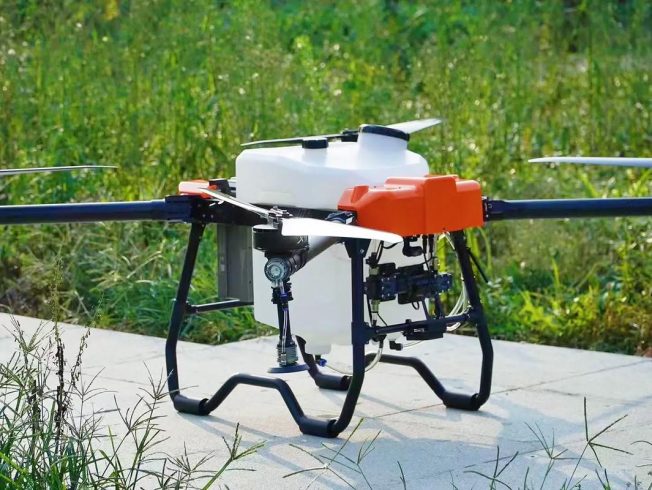
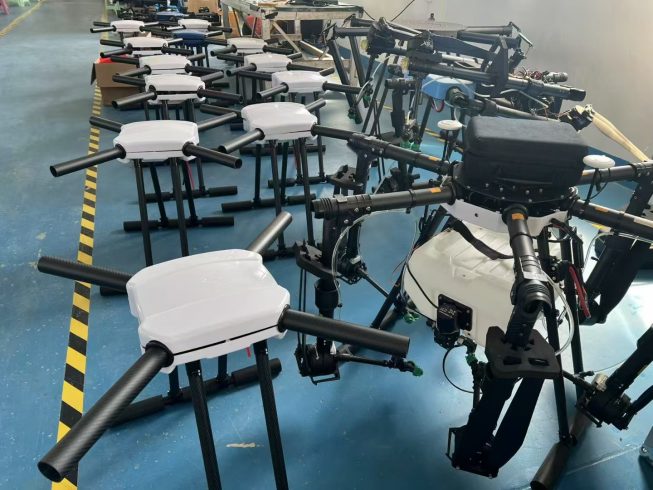
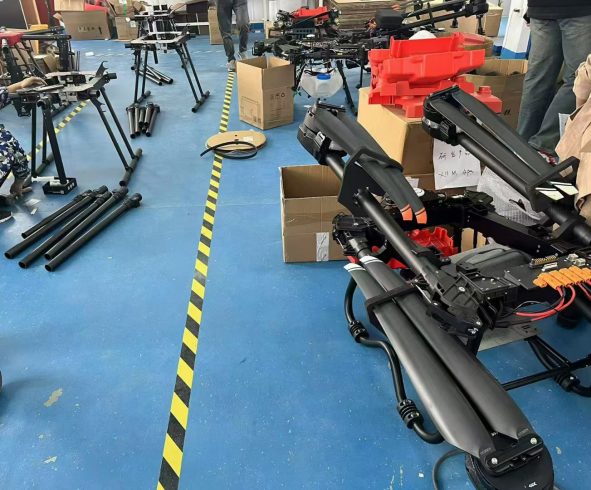
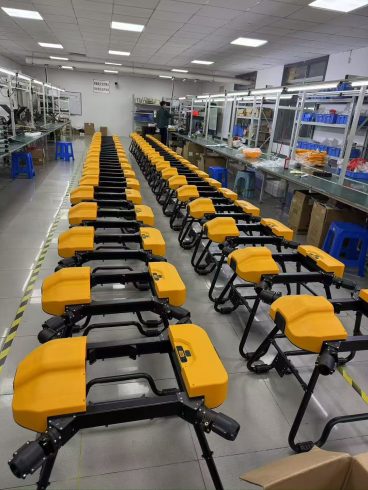



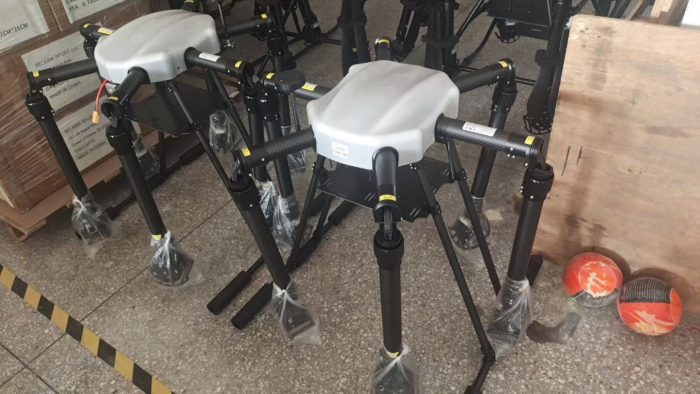
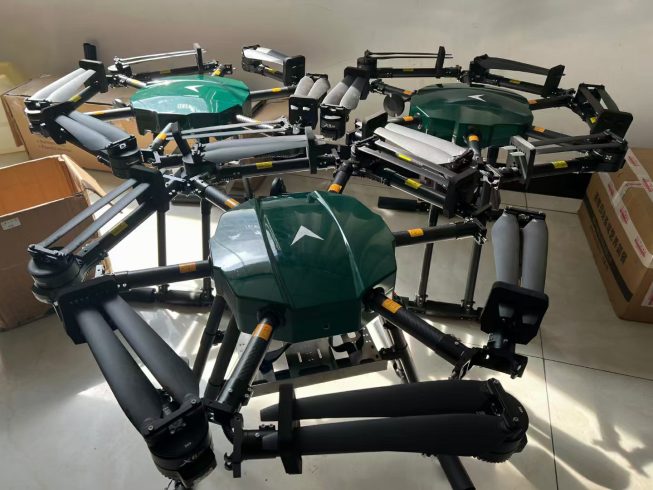
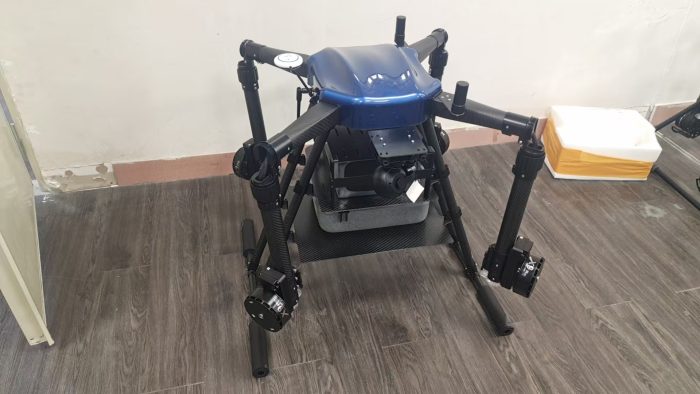

暂无评论内容